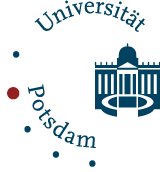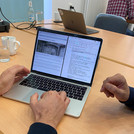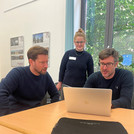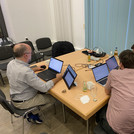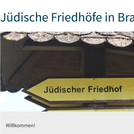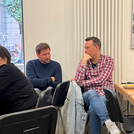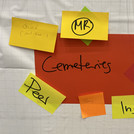Modeling a Database of Jewish Cemeteries in Brandenburg
What is the project about?
For almost a decade and a half, Brandenburg scholars have been working on a voluntary basis to compile a database of Jewish cemeteries in Brandenburg. Currently Dr. Anke Geißler-Grünberg is responsible for the preparation of the information on the Jewish cemeteries in Brandenburg. In this challenge, we are working on a database dump (XML) of this, trying to model the data according to recent standards. In particular, we are developing a routine for transforming the inscriptions on the tombstones, their translations and the corresponding metadata to EpiDoc.
Who leads the project?
Ingo Börner - University of Potsdam
Peer Trilcke - University of Potsdam
Who is part of the team?
Gil Shalit
Thomas Kollatz - Digitale Akademie der Akademie der Wissenschaften und Literatur, Mainz
Links/Data
What is the practical use of your research tool for jewish studies? / What can researchers of jewish studies learn/achieve from your project:
The data about the cemeteries can be long-term preserved in the EpiDoc XML format. Moreover, they could be added to larger databases.
Which technical methods and tools are used for developing your project and what tools and/or methods do you use for reaching your goal?
XML, Oxygen XML Editor, Python, Jupyter Notebooks, RDF, SKOS, CIDOC-CRM, C#, Azure – and several databases.
How have you approached the project so far?
We have analyzed the data and created initial test data. Now we are going to program an automated transformation script (i.e. create a mapping of the data). In addition, we have developed a prototype for an API for the data based on an XML schema.
What can you learn from this project for your own personal research interests?
We work a lot with controlled vocabularies and discuss different approaches to modeling, including prosopographical data. This is helpful for very many other projects as well.
What do you expect to achieve in the Hackathon?
Our goal is to develop a transformation routine that will allow us to map all gravestones in Epidoc format.
